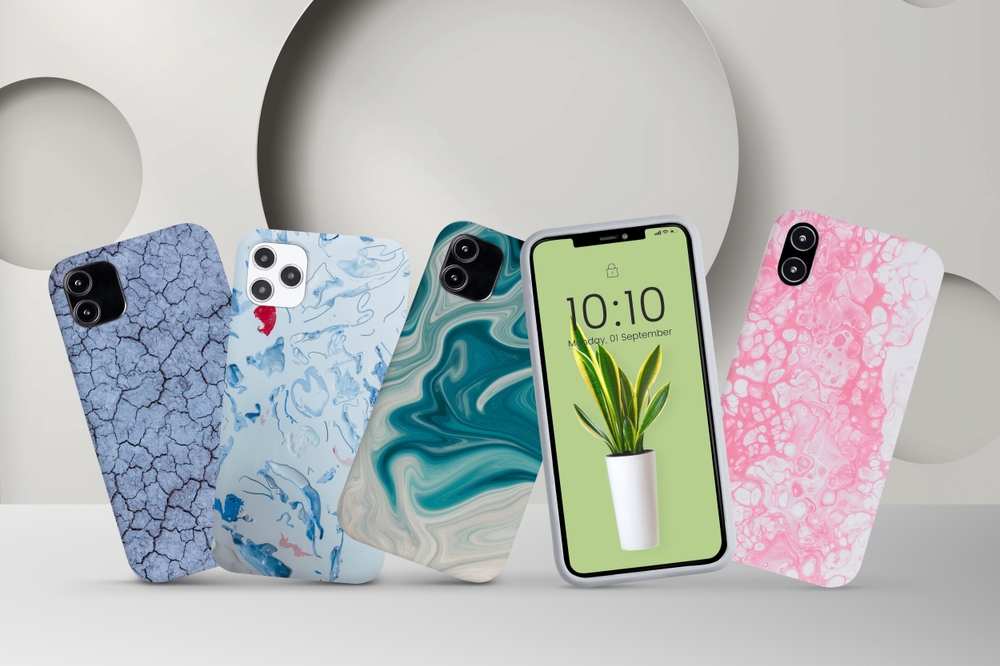In the fast-paced world of today, our lifestyles often look quite different from those of our parents. What they viewed as essential, we might see as unnecessary or even impossible to acquire. Factors like technological advancements, economic shifts, and changing societal values have all contributed to this divide. As you navigate through your own life, you may notice that some things your parents considered staples are not as accessible—or even desirable—today. Here are 13 things our parents owned that you may never be able to.
1. A Fully Paid-Off Home

Homeownership was once a cornerstone of the American Dream, but soaring real estate prices have made it elusive for many people today. Your parents might have bought their home in an era when housing was significantly more affordable. According to a study by the Urban Institute, while baby boomers could buy a house with around two times the median household income, today’s young adults often face prices that are four times that amount. This discrepancy makes it challenging for today’s potential homeowners to fully pay off their mortgages in a timely manner. Instead of owning property outright, many people are now opting for long-term rentals or shared housing.
Moreover, financial priorities have shifted over time, with many people today prioritizing experiences over ownership. The appeal of not being tied down by a mortgage can be strong, offering flexibility and freedom. Additionally, student loan debt often consumes a large portion of disposable income that could otherwise go toward a home purchase. The combination of these factors means that fully paying off a home may remain out of reach for many. Instead of measuring success by the ownership of a house, people are now finding fulfillment in different ways.
2. A Brand New Car

The allure of that new car smell is undeniable, but the reality is that brand new cars are becoming increasingly out of reach for many people. Your parents likely bought their cars at a time when auto loans were smaller and interest rates were lower. Today, the average price of a new vehicle has skyrocketed, making it a luxury rather than a necessity for many. The rise of ride-sharing services and public transportation has also changed how people view car ownership. Instead of investing in a new car, many find that leasing or buying used models better suits their financial situation.
Additionally, the environmental impact of car production has made many people reconsider the need for a new vehicle. With climate change being a pressing issue, the switch to electric or hybrid models is becoming more popular, though these can be even more expensive upfront. The economics of car ownership are shifting, with maintenance and insurance costs also factoring into the equation. Many find that the total cost of owning a new car doesn’t justify the expense. This has led to an increased interest in alternative modes of transportation that are both practical and environmentally friendly.
3. A Pension Plan

Pensions were once a standard employee benefit, providing reliable income for retirees. Your parents might have worked during a time when companies commonly offered these plans as a standard component of employment packages. However, a report from the Pension Rights Center reveals that the number of private-sector workers with pension plans has decreased dramatically over the past few decades. In today’s job market, pensions have largely been replaced by 401(k) plans and other self-funded retirement options. This shift transfers much of the retirement planning responsibility from employers to employees, making it a challenge for many to save adequately for their golden years.
Furthermore, the stability of pension plans has been called into question in recent years, with some funds facing financial difficulties. Many people today fear that even if their employer offers a pension, it may not be as secure as once believed. This uncertainty often leads people to diversify their retirement savings through various investment vehicles. With the added complexity of managing one’s retirement funds, the luxury of a guaranteed pension seems like a relic of a bygone era. As a result, more people are seeking financial advice to navigate the intricacies of modern retirement planning.
4. A Fully Stocked China Cabinet
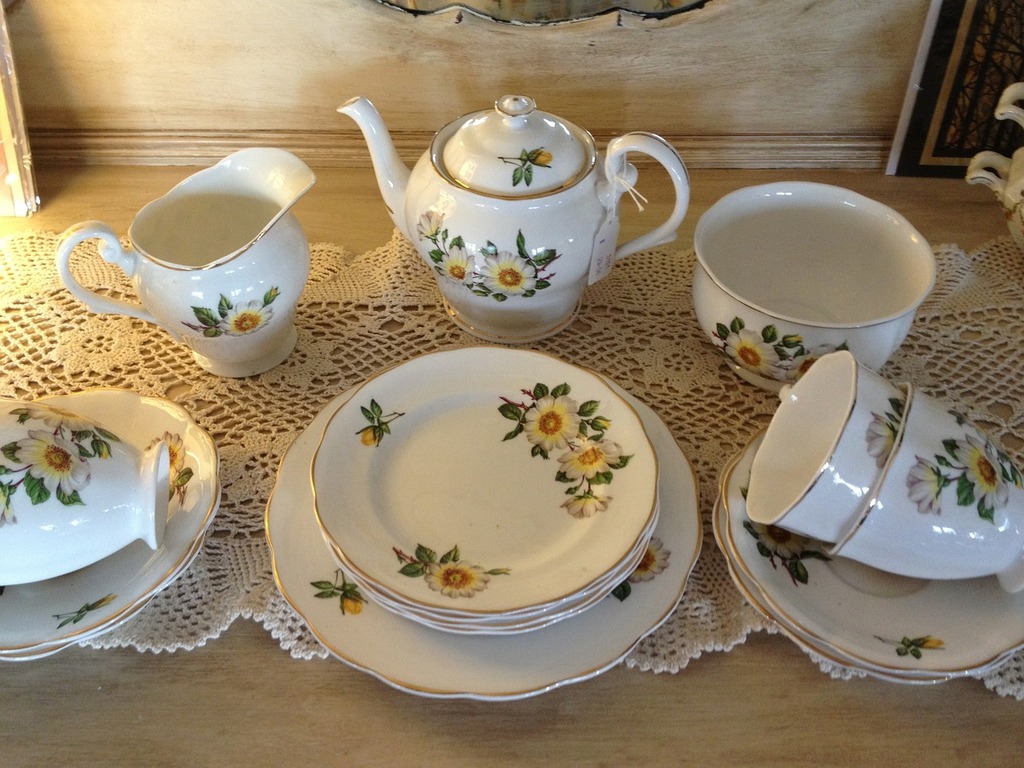
Your parents might have spent years curating a collection of fine china, a symbol of sophistication and hospitality. These intricately designed plates and tea sets were often displayed in glass-fronted cabinets, awaiting special occasions. However, this tradition has lost its appeal for many people today, who prefer minimalist lifestyles and practical dining ware. The high cost of fine china, coupled with limited living space, makes it a less viable option. As a result, more people are opting for versatile, durable dinnerware that can be used for both everyday meals and special occasions.
In addition to practicality, the cultural significance of formal dining has evolved. Casual gatherings and potluck dinners have become more popular, making the need for a formal china set less important. Many people also prioritize experiences over possessions, investing in memorable events rather than expensive items. This shift in values signifies a broader change in how hospitality is expressed. Rather than relying on traditional markers of elegance, people are redefining what it means to host and entertain.
5. A Landline Telephone
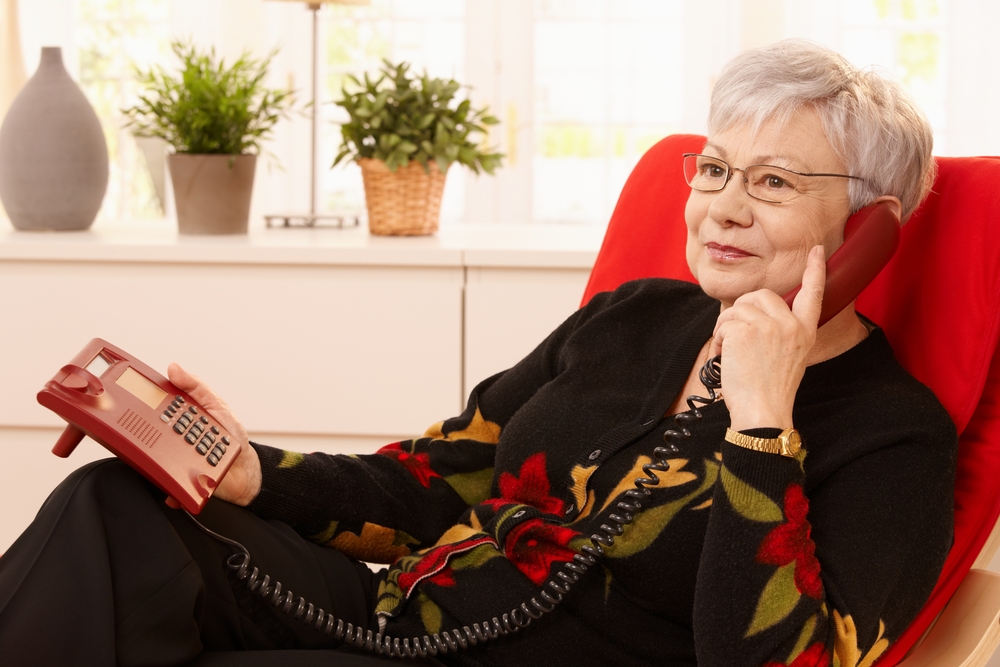
Remember those rotary phones that sat in your parents’ living room? Landline telephones were once as ubiquitous as the front door, but they’re quickly becoming a nostalgic artifact. According to a report by the National Center for Health Statistics, over 60 percent of American households have ditched their landlines in favor of cellphones. This shift is largely due to the convenience and functionality of mobile phones, which offer far more than just voice calls. With smartphones in nearly everyone’s pocket, the need for a stationary phone has diminished considerably.
Another factor contributing to the decline of landlines is the rise of internet-based communication platforms. From video calls to instant messaging, there are countless ways to stay connected without a landline. These technologies make it easier to communicate with people across the globe at any time. Plus, the cost of maintaining a landline often seems unnecessary when compared to the comprehensive services offered by mobile providers. As a result, the traditional home phone is quickly becoming an outdated relic that younger generations may never know.
6. Family Heirlooms

Family heirlooms were once considered treasures, passed down through generations with care and pride. These might include antique furniture, jewelry, or even vintage clothing that carried sentimental value. Yet, in today’s fast-paced world, fewer people have the space or desire to store such items. The minimalist trend has taken hold, encouraging people to declutter and focus on what’s essential in their lives. As a result, the significance of physical heirlooms is declining, with many opting for digital memories instead.
Moreover, heirlooms can sometimes come with hidden costs, such as restoration or maintenance. Younger generations may find it challenging to invest in preserving items that don’t align with their tastes or lifestyles. This has led to a rise in the sale or donation of inherited items, as people choose to let go of clutter. The emotional connection to family history is still important, but it’s often expressed in new ways. Digital archiving and storytelling are becoming more popular, allowing people to keep their family legacies alive without the burden of physical belongings.
7. A Formal Dining Room
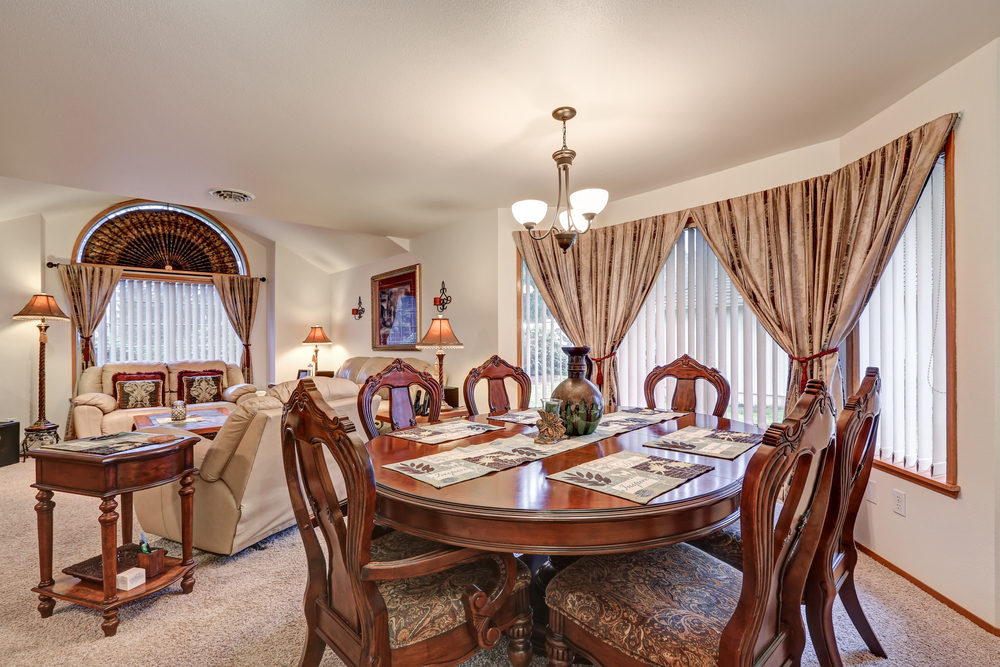
Formal dining rooms were once a staple in many homes, a place for family gatherings and holiday feasts. Your parents might have spent hours setting the table with their finest linens and flatware, creating a sense of occasion. However, a report from the National Association of Home Builders indicates that modern homes are increasingly being designed without formal dining rooms. Open-concept living spaces, which combine dining and living areas, are now more popular, reflecting a shift toward casual dining. This change is driven by the desire for more versatile spaces that can accommodate various activities and social interactions.
The decline of the formal dining room also mirrors changes in how people approach meals and entertaining. Quick, informal meals are more common as busy lifestyles leave less time for elaborate dinners. Additionally, the rise of online food delivery services adds convenience, reducing the need for dedicated dining spaces. People are now more likely to gather around kitchen islands or moveable tables, which offer flexibility and ease. This evolution in home design reflects broader trends in how people live and connect with others.
8. Encyclopedias

Remember those hefty volumes that lined your parents’ shelves? Encyclopedias were once prized resources, consulted for school projects and idle curiosity alike. However, the digital age has rendered these physical tomes largely obsolete. With information readily accessible online through search engines and digital encyclopedias, there’s little need for hardbound collections. Many people today prefer the convenience and immediacy of accessing knowledge from their devices.
Furthermore, the static nature of printed encyclopedias means they’re often outdated soon after publication. In contrast, online resources can be updated frequently, ensuring that information remains current. This dynamic nature of digital knowledge is crucial in an age where facts and figures can change rapidly. The shift from print to digital reflects broader changes in how information is consumed and valued. As a result, the once-cherished encyclopedia sets are now more likely to be found in antique stores than on living room shelves.
9. A Fully Loaded Toolbox
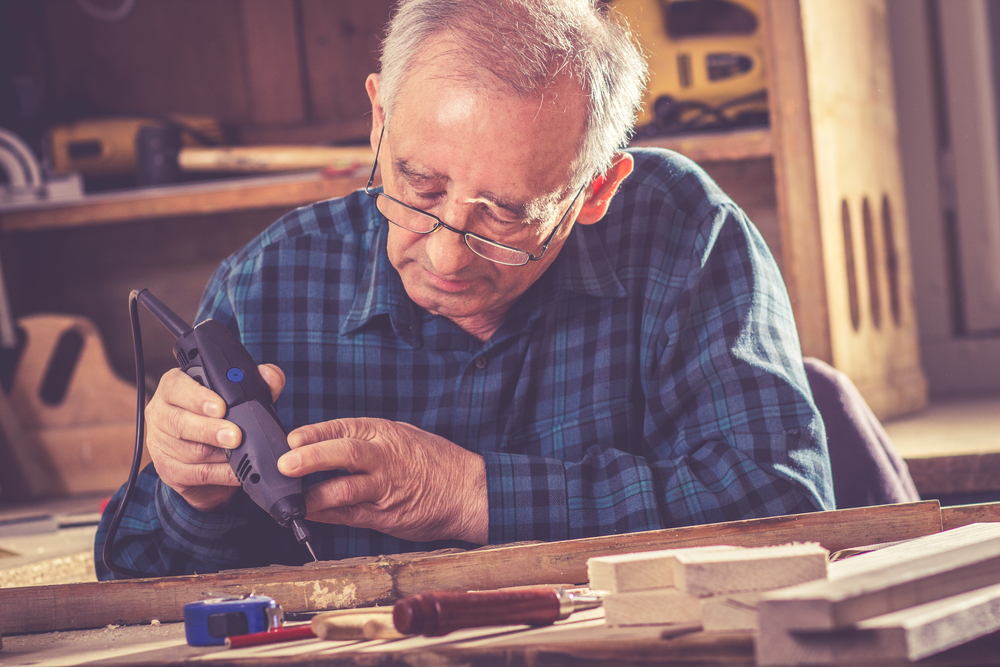
A well-stocked toolbox was once a household necessity, filled with everything from hammers to wrenches. Your parents likely took pride in being able to fix things around the house themselves, saving time and money. However, the DIY ethos has evolved, with many people now opting to hire professionals for tasks that their parents might have tackled themselves. The rise of specialized tools and complex home systems can make it daunting to attempt repairs without expertise. As a result, many people today have a more streamlined selection of basic tools or rely on online tutorials and services for guidance.
In addition, the convenience of online shopping means that tools can be acquired as needed rather than stocked in advance. This shift reflects broader consumer trends that prioritize convenience and efficiency over traditional methods. Many people also live in smaller spaces, where storage for a comprehensive toolbox isn’t practical. Urban living often means access to shared resources or community tool libraries, reducing the need for personal collections. This evolution demonstrates how modern life is reshaping the way people approach tasks that were once considered essential household skills.
10. A Rolodex
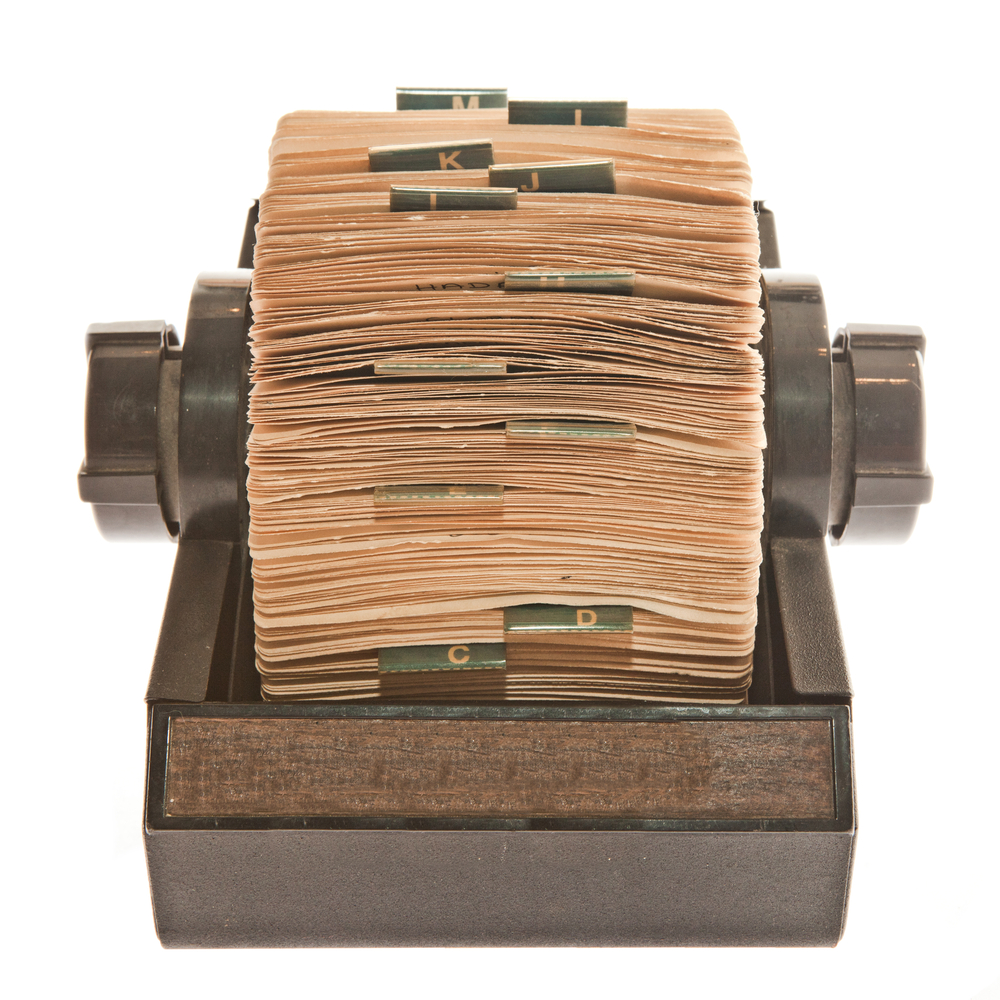
Before the digital age, your parents probably maintained a Rolodex filled with important contacts. Each card held the name, address, and phone number of friends, colleagues, and businesses. Today, however, smartphones and computers have replaced the need for this once-essential office staple. With contact information effortlessly stored and synced across devices, the physical Rolodex has become a relic of the past. Many people now appreciate the ease of updating information and accessing it on the go.
Moreover, digital contact lists offer features that a Rolodex simply can’t match. Integration with other applications allows for seamless scheduling, reminders, and communication. Social media platforms also enable people to connect in ways that go beyond mere phone numbers and addresses. This interconnectedness reflects a broader shift in how networks are built and maintained. In an age where connection is key, the traditional Rolodex has been left behind in favor of more dynamic, tech-savvy solutions.
11. A Collection of Vinyl Records

Vinyl records were once the primary medium for listening to music, with your parents likely amassing an extensive collection over the years. These records weren’t just about the music; they also represented personal taste and lifestyle. However, the advent of digital music and streaming services has significantly reduced the need for physical music collections. Today, people can access millions of songs at the touch of a button, making it easier than ever to explore diverse genres. While vinyl has seen a resurgence among audiophiles, the scale and scope of collections are vastly different from the past.
In addition to convenience, digital music offers advantages in terms of portability and storage. Gone are the days of dedicating entire rooms to record collections, as thousands of songs can now fit in your pocket. The appeal of curating personal playlists and discovering new artists online has also changed how people experience music. The tactile experience of handling a record and manually changing it is a nostalgic ritual that fewer people engage in today. This shift underscores the evolution of music consumption in a world where technology reigns supreme.
12. A Film Camera

Film cameras were once the standard for capturing life’s moments, with your parents likely documenting family milestones on rolls of film. These cameras required skill and patience, as capturing the perfect shot meant understanding light and composition. However, the rise of digital photography has transformed the way people take and share photos. Digital cameras and smartphones offer instant results and endless storage, making film cameras less practical for everyday use. The immediacy and convenience of digital photography have made it the preferred choice for capturing memories.
Despite the dominance of digital, there remains a niche market for film photography, appreciated for its aesthetic qualities and nostalgic charm. Some enthusiasts find joy in the tactile experience of handling film and the anticipation of developing it. Nevertheless, for most people, the cost and effort associated with film are barriers to its use. The ability to edit and share photos instantly is a convenience that digital offers, and it’s hard to compete with that. As technology continues to evolve, the film camera remains a relic, cherished by some but largely replaced by its digital successors.
This article is for informational purposes only and should not be construed as financial advice. Consult a financial professional before making investment or other financial decisions. The author and publisher make no warranties of any kind.








